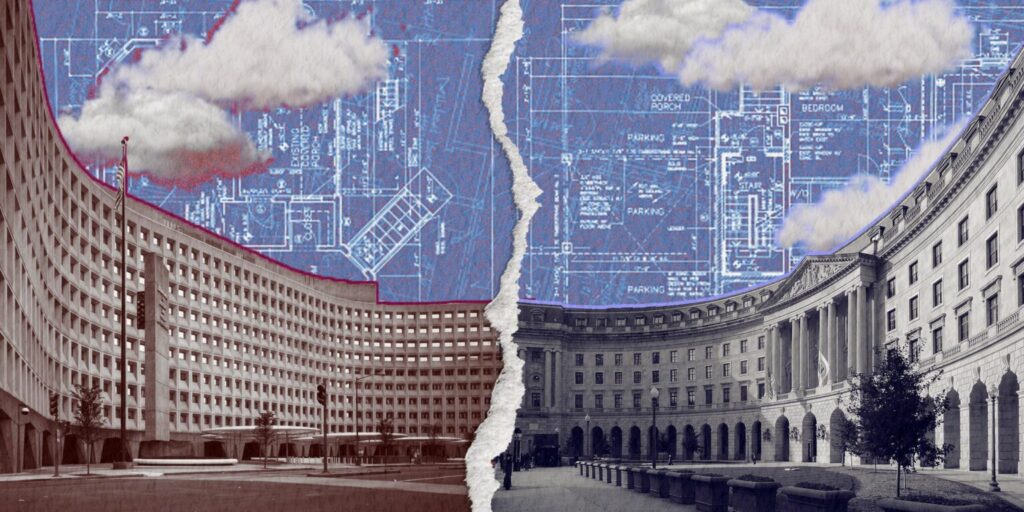
Liberty Law Talk, a podcast of Law & Liberty, featured an interview of National Civic Art Society President Justin Shubow in which he talks about the influence of civic architecture on body politic, the role of the U.S. Commission of Fine Arts (which he used to chair), the future of memorials, and more.
You can listen to the podcast, which was published on November 20, 2023, or read the transcript HERE.
To excerpt:
Justin Shubow: [T]he founders saw classical architecture as returning to the roots of democracy in Rome and Greece. So it made sense that they chose that architecture instead of, say, gothic or something else for the buildings of government. It’s interesting—in the 19th century, when the British Parliament was deciding what their new parliament building was going to look like, they had a competition, and the competition required that the building be either Gothic or what they called Elizabethan. There was opposition to having a classical parliament because people said that style was too Republican, meaning it was too anti-monarchical.
And so I think there is this long association in America tying classical architecture to democracy. And you look at certain structures like the U.S. Supreme Court, which is modeled on temple architecture with the steps leading up with the columns with the pediment. This is a classic American building type, the courthouse that everyone recognizes. It’s what you see on TV and in movies. And when people see that, I think they see a temple of justice. There’s something about the temple form that resonates.
[…][T]here are certain modernist architects who think of themselves as creative geniuses with emphasis on innovation and “creativity.” They don’t believe that emulating traditional architecture is something that should be done. A lot of them think that they just know better than ordinary people. Even if their designs are not appreciated by the public, they think that they are achieving the highest goals of architecture. And maybe someday, the public will be educated and come around to liking their designs. But of course, say Brutalism has been around for 60 years now, and it’s still widely disliked, and I don’t think it ever will be liked.
There is something about architecture schools that brainwash or deform architects’ minds. There is a study that the longer architects have been in school, the more their preferences diverge from that of laypeople. There was a separate study that found that not only do architects evaluate buildings in a different way from the public, but they can’t even predict how lay people will respond to their buildings. That’s how differently they think from lay people.
And it’s important to understand that a building is not like a painting on a wall or a piece of music. You can’t avoid it. Architecture is forced upon us, and so therefore it’s the most political of the arts, small p political. And when you get to public buildings, it’s explicitly political since these buildings are speaking to who we are and who we wish to be.
